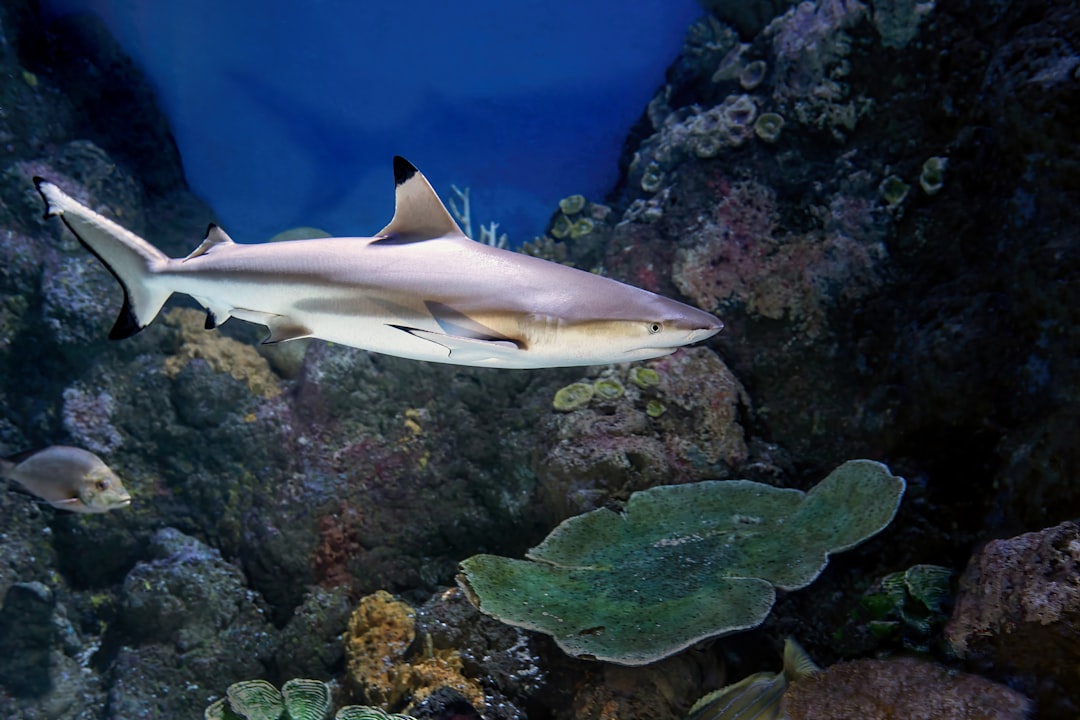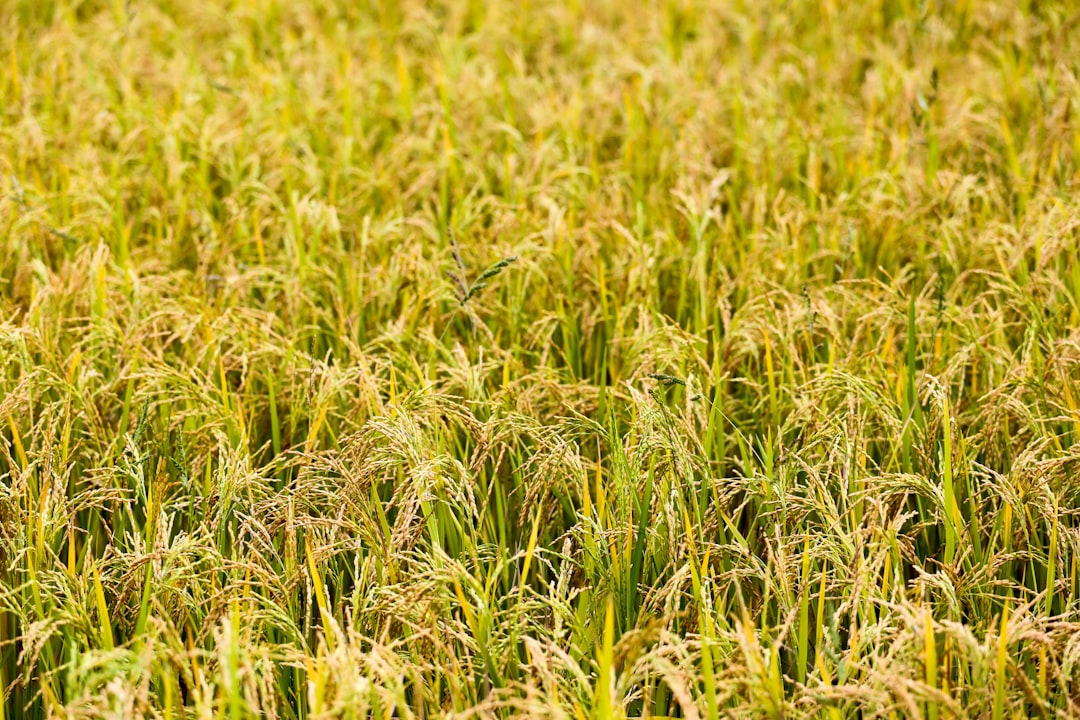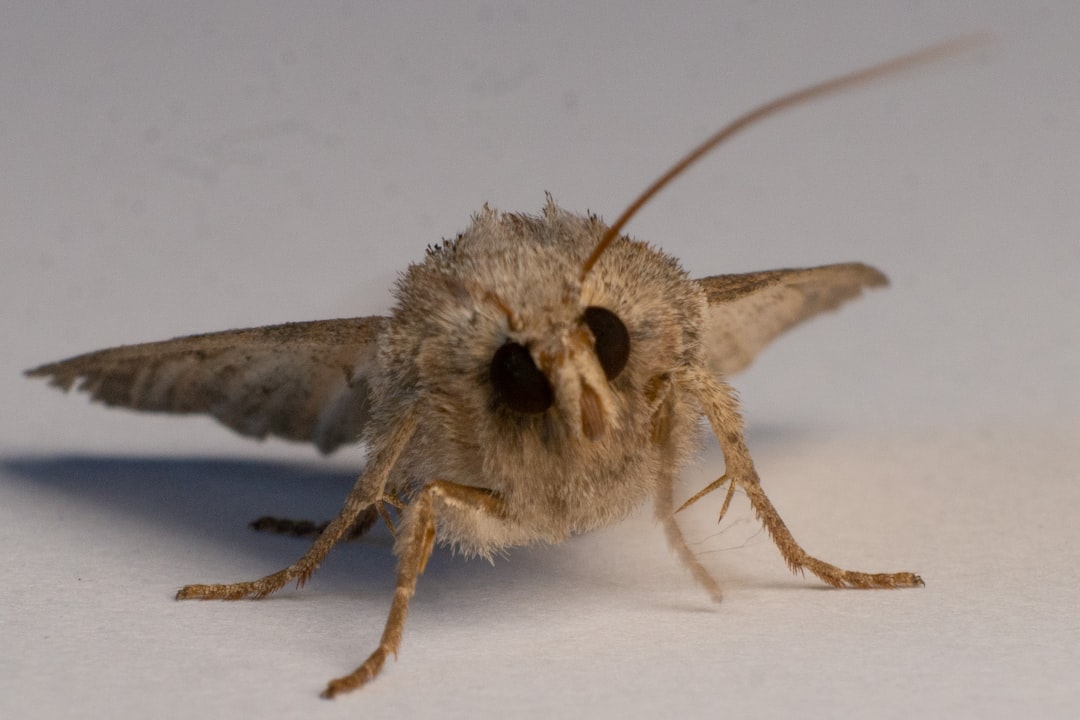Featured Image
Perspectives
This study focusses on thermal adaptation in a soil-dwelling micro-arthropod (Collembola) species, which is widely distributed from the high arctic to warm temperate regions and numerically dominant in several types of microhabitats. Collembolans in general are important members of soil fauna having large effects in litter decomposition and nutrient recycling in natural ecosystems. Embryonic stages constitute a considerable part of the life cycle of collembolans, implying that thermal adaptation in these stages are likely to be important determinants of adaptation to the surrounding thermal environment. However, comparisons of genotypic differences in embryonic traits among several Collembolan populations across climatic regions are scarce. By means of common garden experiments and comparison of thermal reaction norms, this study reveals small effects of latitude and macro-climate on large genotypic differences among ten populations (high arctic and temperate). Number and size of offspring were negatively correlated. These findings emphasised that local climate and microhabitat should be taken into account when evaluating thermal conditions as possible drivers of evolution in soil dwellers and other ectotherms with low dispersal abilities..
Dr Sagnik Sengupta
University of Oslo
Read the Original
This page is a summary of: Genotypic differences in embryonic life history traits ofFolsomia quadrioculata(Collembola: Isotomidae) across a wide geographical range, Ecological Entomology, October 2015, Wiley,
DOI: 10.1111/een.12270.
You can read the full text:
Contributors
The following have contributed to this page










